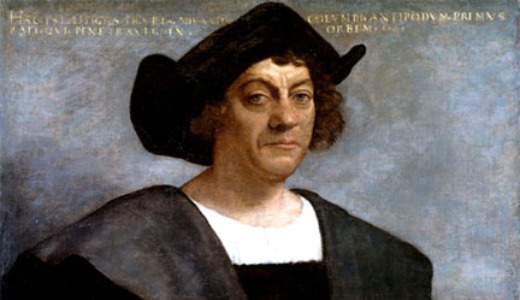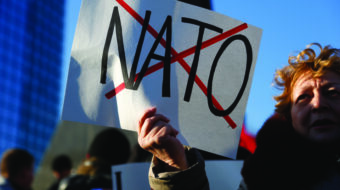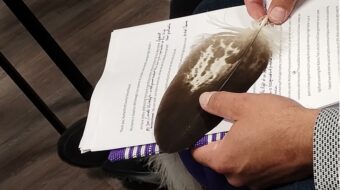
Many of us will never forget that famous elementary school rhyme: “In fourteen hundred ninety-two / Columbus sailed the ocean blue.” At the time, it’s not likely that we would have sensed any looming controversy behind those grade school lessons. With Columbus Day just around the corner, however, it’s worth asking whether affection for the holiday is really a serious case of misguided nostalgia.
Columbus Day celebrates the “discovery” of the Americas. But it’s clear that the continent had already been inhabited by well-established indigenous communities.
The people who already lived in the region welcomed the first European immigrants with curiosity and open hearts and minds. But it soon became clear that the explorers sent by European royalty had come to dominate, defeat, and destroy.
On October 12, 1492, Columbus wrote of the native people he encountered: “They should be good servants…they can all be subjugated and made to do what is required of them.”
Columbus is credited with forging the first links between American and European civilizations. But whether the manner in which these cultures collided merits commemoration as a federal holiday is doubtful at best.
Throughout most of the Americas, schoolchildren don’t remember Columbus Day with cutesy images of the Nina, Pinta, and Santa Maria. In fact, it’s often called by an entirely different name: Dia de la Raza (Latin American Heritage Day). This is a way to recognize indigenous roots in the Americas. It also serves as a tribute to the lives and civilizations lost in the name of slavery and European expansion – beginning with Columbus’ arrival in 1492.
Today, Latin American and Caribbean schoolchildren that migrate to the United States are unlikely to receive a hero’s welcome. In fact, they are often forced to live in the shadows as their parents struggle to survive. Presidential hopeful Michele Bachmann recently went so far as to mock Rick Perry’s statement that anyone with a “heart” would want to protect the rights of immigrant children to an education – even if they were brought to the United States “through no fault of their own.”
Migration across what’s now the U.S.-Mexican border has existed for centuries. The reality is that this history was marked by periodic shared interest in promoting immigration. But as economic and anti-narcotic policies initiated by Washington have increased pressure on Latin American people to migrate, immigration has become a hot-button issue for people across the political spectrum.
To many, the flow of immigration seems daunting. Bachmann recently proposed a solution: “Build a barrier, a fence, a wall…every mile, every yard, every foot, every inch will be covered on that southern border.”
But spending billions on border militarization hasn’t stopped undocumented migration. In fact, one of the only notable outcomes of beefing up the border has been more death, danger, and lives lost in the desert.
Ideally, every October we would celebrate the coming together of the cultures of the Americas. Sadly, the legacy of cultural domination and separation continues with border militarization as a tenet of our foreign policy.
According to President Barack Obama, it is Columbus’ “intrepid character and spirit of possibility that has come to define America, and is the reason countless families still journey to our shores.”
To whom is Obama referring if not the immigrants who come to the United States for a chance to support their families? On this Columbus Day, let’s consider the discrepancy between how newcomers are celebrated in our history but ostracized in our society – and what we can learn from a modern analysis of Columbus’ story.
This article was distributed by Other Words, a project of the Institute for Policy Studies.
Sara Joseph is the communications associate for Witness for Peace.
Photo: Wikimedia Commons.












Comments